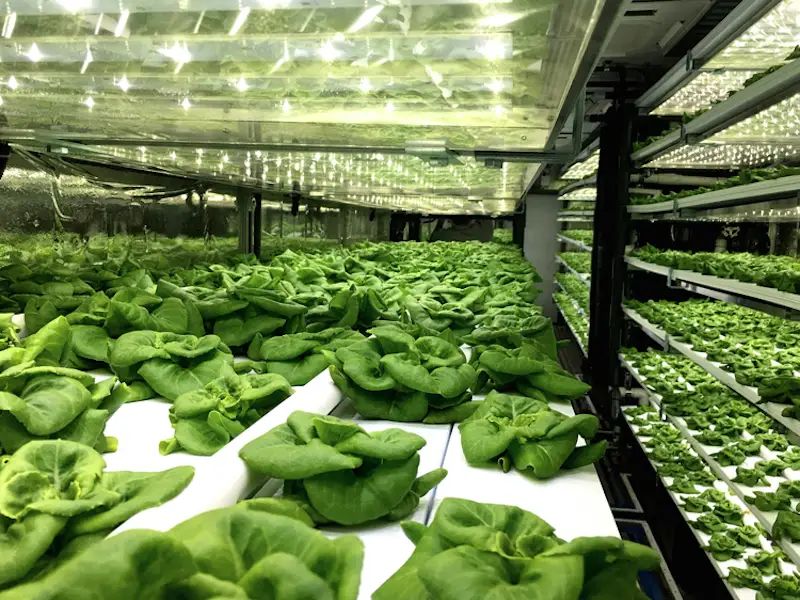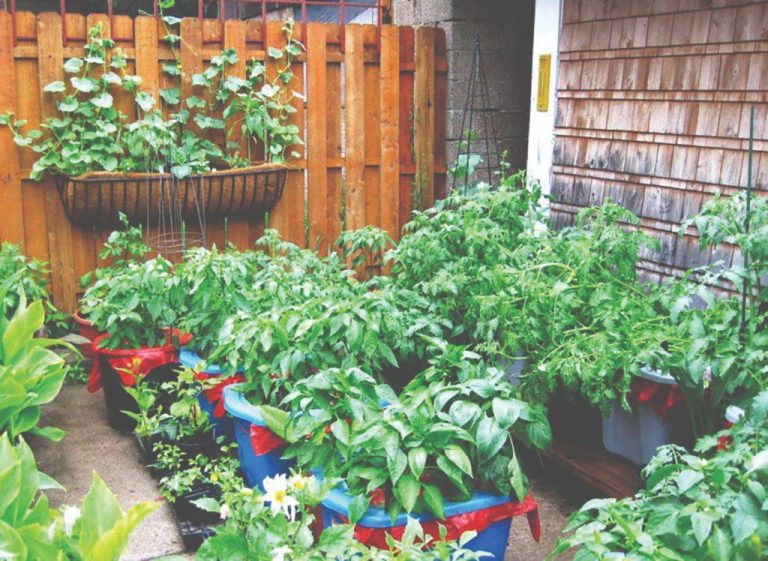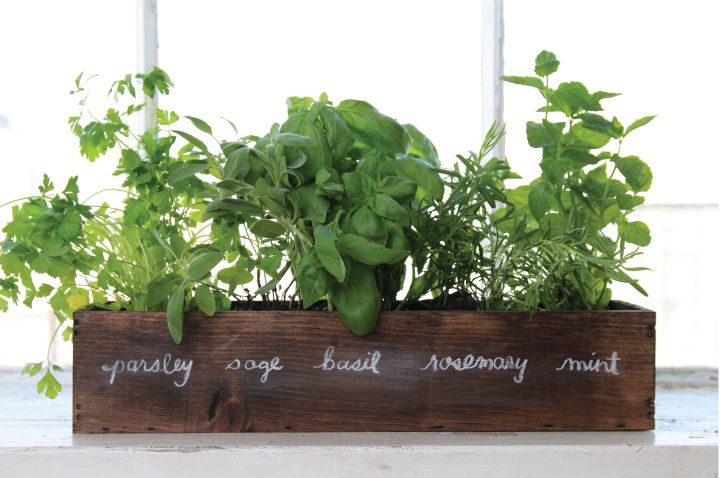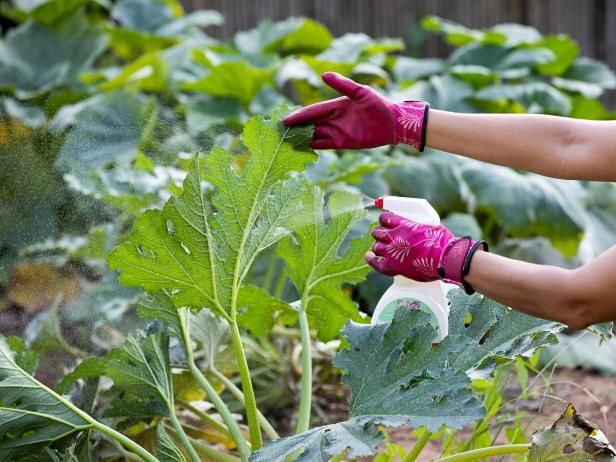Urban Farming: Sustainable Agriculture In The City
Urban farming, also known as urban agriculture, is the practice of cultivating, processing and distributing food in urban areas (What Is Urban Farming? Understanding Urban Agriculture). The basic definition involves growing fruits, vegetables, raising animals, and practicing other forms of horticulture and agriculture within cities or densely populated towns or suburbs (An Introduction to Urban Farming in Cache Valley). Urban farming can take many forms including community gardens, rooftop gardens, indoor vertical farms, livestock grazing in open spaces, aquaculture, and more.
While urban farming may seem like a modern trend, it actually has historical roots dating back thousands of years. Ancient cultures like the Maya and Aztec established urban gardens for food production. In the 1890s, efforts emerged in Detroit and other industrialized cities to create vacant lot cultivation associations. These community groups transformed empty lots into small urban farms to address hunger and improve quality of life in impoverished neighborhoods (Module 1: Introduction into urban agriculture concept and types).
Today, urban farming is growing in popularity worldwide for numerous reasons. This article provides an in-depth look at the benefits, challenges, different models, case studies, financial considerations, and steps for getting started with urban agriculture projects. The future outlook for urban farming is also explored.
Benefits
Urban farming provides many benefits to communities such as increased access to fresh, local produce, community building, education, and environmental benefits. According to the USDA, urban farms can provide fresh food options to urban residents who may lack access to supermarkets or grocery stores with produce departments (Urban Agriculture). Urban farms allow city residents to have fresh food grown right in their neighborhoods. The USDA notes that urban agriculture has been shown to increase consumption of fruits and vegetables in communities with limited food access.
Urban farms can also help build community by turning vacant lots into productive green spaces where people can gather and get to know their neighbors. Volunteers who work together in urban farms form bonds and relationships. According to the Conservation Law Foundation, urban agriculture transforms communities by bringing people together to grow food, share skills and knowledge, and collaborate (Urban Agriculture in Our Communities).
In addition to food production, urban farms serve as outdoor classrooms providing hands-on education for children and adults on where food comes from, nutrition, environmental stewardship, and more. The University of Florida notes that urban agriculture facilitates youth development by providing hands-on experiential learning and access to nature in an urban environment (Social and Community Benefits and Limitations of Urban Agriculture).
There are also many environmental benefits from urban agriculture. Urban farms increase biodiversity and provide habitat for pollinators, which support fruit and vegetable production. Farms within cities reduce the distance food travels from farm to consumer, lowering greenhouse gas emissions. Urban agriculture puts vacant urban land to productive use and increases permeable green space which can reduce stormwater runoff.
Challenges
Urban farming faces a number of challenges due to the built environment of cities. One major challenge is space constraints. With limited available land, it can be difficult to find adequate space for crops and livestock in dense urban areas (The potential and challenges of producing food in cities). Zoning laws may also restrict agricultural activities in certain areas of a city.
The startup costs for an urban farm can also pose a barrier. Purchasing or leasing land, constructing raised beds, installing irrigation systems, and buying equipment and supplies can be expensive. Many urban farmers also lack the horticultural knowledge and farming skills needed, making access to training an important consideration.
Urban farms may struggle to obtain sufficient organic matter and fertilizer. Exposure to pollutants in soil and air is another challenge unique to the urban environment. Limited access to water and energy can further constrain production.
Models
Urban farming takes many different forms to make the most of available space in cities. Some popular models include:
Rooftop gardens utilize empty rooftop space to grow fruits, vegetables, and herbs. Rooftop farms allow unused urban space to be repurposed for food production using containers, hydroponics, aquaponics, and other techniques.
Vertical farming makes use of vertically stacked layers to maximize space. This high-tech approach often incorporates hydroponics, LED lighting, and climate control.
Community gardens utilize vacant lots and public spaces for collective farming efforts by local residents. These collaborative gardens provide fresh produce and unite neighbors.
Backyard farming converts yards, balconies, patios and other outdoor areas into micro-farms for families or individuals. Backyard farms allow urban residents to grow their own food at home.
Aquaponics combines aquaculture and hydroponics, raising fish and plants together in a symbiotic system. Aquaponic farms in cities provide access to sustainably farmed fish and greens.
Case Studies
Urban agriculture programs have seen great success in major cities around the world. In New York City, urban farming initiatives like Brooklyn Grange rooftop farms and community gardens provide fresh produce while building stronger communities.
In Mexico City, community-supported agriculture allows residents to buy shares in local farms. This connects people to their food source while providing farmers with steady revenue.
Cuba emerged as an unlikely leader in urban agriculture after the collapse of the Soviet Union cut off food imports. Today Havana produces up to 90% of its produce within city limits thanks to widespread farming on empty lots.
Singapore’s Edible Garden City works with restaurants, schools, and other clients to install highly productive hydroponic and aquaponic systems. Their modularity allows urban farms to thrive even in dense tropical environments.
These cases showcase how food production can flourish amidst concrete jungles when approached creatively. Urban farming brings nutritional, economic, and social benefits – making cities more livable, equitable, and sustainable.
Financial Considerations
Setting up and operating an urban farm requires significant upfront and ongoing costs. The initial costs of constructing a vertical farming structure range from $5,000 to $50,000 per square foot, with operating costs estimated at $1,000 per square foot annually [1]. This is considerably higher than traditional outdoor farming. However, urban farms can achieve much higher yields per square foot.
A key advantage of urban farms is their proximity to consumers, which greatly reduces transportation costs. However, energy costs for lighting and climate control are much higher than outdoor farming. LED lighting advances are helping reduce electricity usage. Access to renewable energy sources like solar can also help minimize costs.
Urban farms can generate revenue through direct sales to consumers, restaurants, grocers, and at farmers markets. Many offer CSA subscription models. Additional revenue can come from educational workshops, facility tours, and on-site cafes/stores. Grants and investments from government, impact investors, and foundations provide startup funding opportunities.
Getting Started

Getting started with urban farming requires careful planning and assessment of available resources. The first step is identifying and securing an appropriate space to grow crops or raise animals. Vacant lots, backyards, balconies, rooftops, patios and indoor spaces can all potentially be used for urban farming. Consider sunlight, access to water, soil quality, and size when evaluating potential sites (Pace, 2023).
It’s also important to gauge interest and involvement from the local community. Recruiting volunteers to help build, plant, tend and harvest the urban farm is crucial. Connect with neighbors, community organizations, schools, and urban gardening groups to find potential volunteers and promote your project. Consider creating a signup for those interested in getting involved (UC ANR, n.d.).
When starting an urban farm, you’ll need access to materials like soil, compost, seeds, tools, lumber, hardware, irrigation supplies, and protective fencing. Research affordable sources for these items, like bulk deliveries of soil/compost, reused/recycled building materials, and tool libraries or exchanges. Grants, partnerships, sponsorships, and crowdfunding can help provide startup funds.
Maintenance
Urban farming requires diligent maintenance to keep plants healthy and productive. Ongoing tasks include watering, weeding, pest management, and harvesting. Consistent watering is crucial, especially in the hot summer months. Drip irrigation systems and rain barrels can help efficiently deliver water to crops. Weeding should be done frequently to prevent unwanted plants from choking out crops or becoming habitat for pests. Organic pest management relies on beneficial insects, trap crops, and natural repellents to protect plants.
It’s also important to continually monitor crops for pests and diseases. Scouting routinely allows issues to be caught early before they damage plants. As crops mature, they must be harvested at the proper time to maximize freshness and yield. Some crops like salad greens and herbs can be harvested multiple times. After the growing season ends, old plant debris should be cleared and compost added to enrich the soil for the next season.https://ucanr.edu/sites/UrbanAg/Starting_an_Urban_Farm
Expanding Impact
Urban farms have the potential to greatly expand their positive influence on communities through education, donations, and policy changes. Many urban farms offer opportunities for local residents and students to volunteer and learn about sustainable agriculture. Educational programs teach practical skills like composting, planting, and irrigation while fostering connections to the local food system. Some urban farms donate a portion of their produce to food banks, shelters, schools, and other organizations, increasing access to fresh foods. Urban farmers can also advocate for policies that support urban agriculture through land use laws, zoning changes, tax incentives, and other measures. For example, Detroit changed local laws to favor agriculture over redevelopment after the 2008 recession, which helped urban farms thrive in the city. By reaching out beyond their immediate operations, urban farms can have an even broader impact on improving community food security, nutrition, environmental sustainability, and overall quality of life (Plants and Policies: How Urban Farming is Transforming Cities).
Future Outlook
Urban farming is projected to see significant growth and innovation in the coming years as more cities adopt sustainable agriculture practices. According to Sovereign Magazine, urban farming is now a vital component of sustainable urban development as the global population continues to urbanize. Techniques like vertical farming, aquaponics, hydroponics, and rooftop gardens are expected to expand. This will allow urban farms to maximize limited space and grow food year-round without relying on soil or weather conditions.
There are several key trends that will shape the future of urban agriculture according to Agritecture. This includes a balance between high-tech and low-tech farming methods, integrating urban farms into buildings and infrastructure, producing high-value niche crops, and leveraging automation and data analytics. Urban farms are well positioned to provide fresh local produce, create green jobs, educate communities, and make cities more self-sufficient and resilient. With thoughtful planning and innovation, they can play an integral role in sustainable food systems of the future.






